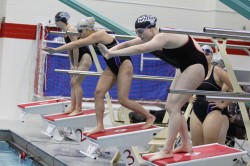
Believe it or not, the Niles West swimming and diving teams have made tremendous accomplishments the past few years, yet they still receive very little support from their peers at their meets. I can only hope it’s due to a lack of understanding, so here are all the basics you need to know about swimming so you can go support Niles West’s swim teams as they finish off their seasons.
The standard high school pools are 25 meters in length and have six lanes, but some pools have up to eight lanes (ex. New Trier and the Glenbrooks ). The metal platforms with grippy surfaces at the ends of each lane are called blocks. Swimmers use them to start at the beginning of each race. They come in handy, too, because when they push off the blocks during a race, it gives them enough momentum to dive into the water at a 45-degree angle and (hopefully) get ahead of their competition.
Those rubber things that female swimmers wear on their heads? Those are swim caps, and, no, they are not there to keep their hair dry. Swimmers use caps to become more smooth in the water. Anything that hangs off of them creates drag, and drag is deadly during a race. Another thing they do to reduce drag is to wear extremely tight swimsuits. Believe me, they don’t wear them for fun; it’s supposed to make them more sleek when moving through the water.
Also, swimmers can’t wear jewelry (earrings, necklaces, bracelets, etc.) or have writing on their bodies because causes them to be disqualified from the meet.
Now that you know the basics, I’ll walk you through a typical race, just to get a nice visual in your head. Pretend that you are in the Niles West natatorium. It’s the annual West vs. North swim meet and you can feel the energy surging through the humid air.
Imagine a pool: it’s water blue and serene. There is not a stray ripple to be seen The water flows soundlessly into the gutters. Mounted on the six starting blocks are swimmers, their bodies hunched into starting positions, frozen like statues. A referee standing to the left of the pool says into a microphone, “Take your marks,” pausing before pressing a button, starting the race. A beep emanates from somewhere near the referee, accompanied by a flash of light, and everything becomes pandemonium. Fans in the stands cheer their hearts out, while the coaches scream at the swimmers. The swimmers do an underwater pullout, which is sort of like doing an incomplete breaststroke pull mixed with a fly kick, their bodies gliding up towards the surface of the water. In this case, the swimmers are swimming the 50 breaststroke. The swimmers’ heads bob up every few seconds before shooting back down under the surface, their legs doing a kick similar to that of the “froggy kick”. They swim to the other end of the pool, touching the wall with both hands before doing an open turn and completing yet another underwater pullout.
The home team’s swimmers are in lanes 2, 4, and 6, while the competition’s swimmers are in 1, 3, and 5. The fastest swimmers are usually put in lanes 3 and 4, but occasionally the fastest swimmer of the heat is in another lane.
Even though it doesn’t seem like one second matters, in the world of swimming, it makes a HUGE difference. It can mean placing first or placing fifth in a race!
Now that you know all the basics, here are a few words you might come across when talking with a swimmer.
Breaststroke- Although it sounds like a dirty word, it’s actually the name of the stroke I am best at. During breaststroke, you move your arms at the same time, almost mirroring each other. The swimmer does a kick similar to the “froggy” kick and must touch the wall with both hands at the same time during a turn. It is also the only stroke where the swimmer is allowed to do a single pull underwater. In any other race, the swimmer would be disqualified, but in breaststroke it is actually encouraged.
Heat- This is the swimmer word for “race”. When we say, “Dude! I got first in my heat!” we’re actually referring to our race. There can be a limitless amount of heats per event, but the stroke being swum is still the same. Heats are organized according to speed; the first heat is for the slowest swimmers in the event and the last heat is for the fastest swimmers of the event.
Butterfly- Also known as fly, this is one of the fastest strokes to swim. The arms go in a windmill motion, starting at the waist and moving over the surface of the water before pulling under the torso and ending at the hips. Once this motion is complete, the whole thing is repeated.
Freestyle- Commonly known as free, this is the fastest stroke in the world of swimming.
Backstroke- Basically, backstroke is freestyle, just on your back.
IM- Individual Medley, or IM, is a race where the swimmer swims each stroke (fly, back, breast, free) in order. In the world of high school swimming, most freshmen swim the 100 IM (25 meters of each stroke) and JV/Varsity swim the 200 IM (50 meters of each stroke). This is a really important word to know, since IM can also mean “instant message”. When it is coming out of a swimmer’s mouth, there’s a 99.9% chance that he or she is actually talking about the dreaded IM and not about texting their friend.
One of my favorite parts of being on the swim team is being able to go to the pasta parties. As a swimmer, it’s very important that we eat a LOT the day before the meet. Therefore, it’s only logical for us to gorge on pasta and bread and anything that any girl on a diet would have nightmares about.
One of my other favorite parts of being on a swim team are the cheesy pick-up lines. There is one in particular that I repeat all the time which I cannot say on here due to the fact that all non-swimmers will not understand it and instead will assume that I am referring something totally inappropriate.
If you ever see me in the hallways, you would never know that I am probably the loudest person cheering on the side of the pool. I know, surprising, right? You would never have thought that the short, quiet, Asian girl that sits in the back of your classroom could ever be loud. Just ask anyone on the team; I get so into it, I lose my voice for three days afterwards! How lovely, huh?
With that said, one of the best things you could do at a swim meet is to cheer for the swimmers. Not only does it show school spirit, it also makes us want to go faster. The most important thing you must think about when cheering is to cheer really loud. If you think about it, our ears are submerged underwater and we can’t hear that well, so unless you have a supersonic voice like me, cheer as loud as possible.
The next girls’ swim meet is Friday, Oct. 28 against Maine South at 5:30 p.m. in the Niles West pool.





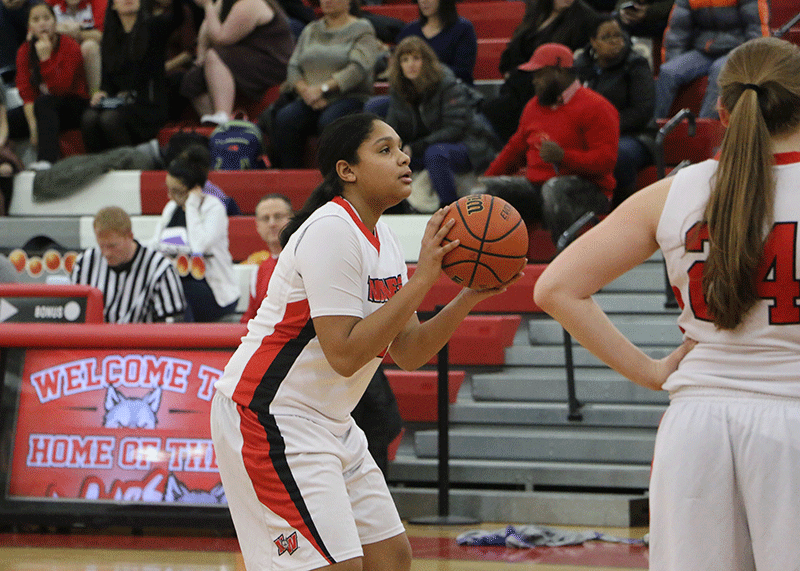
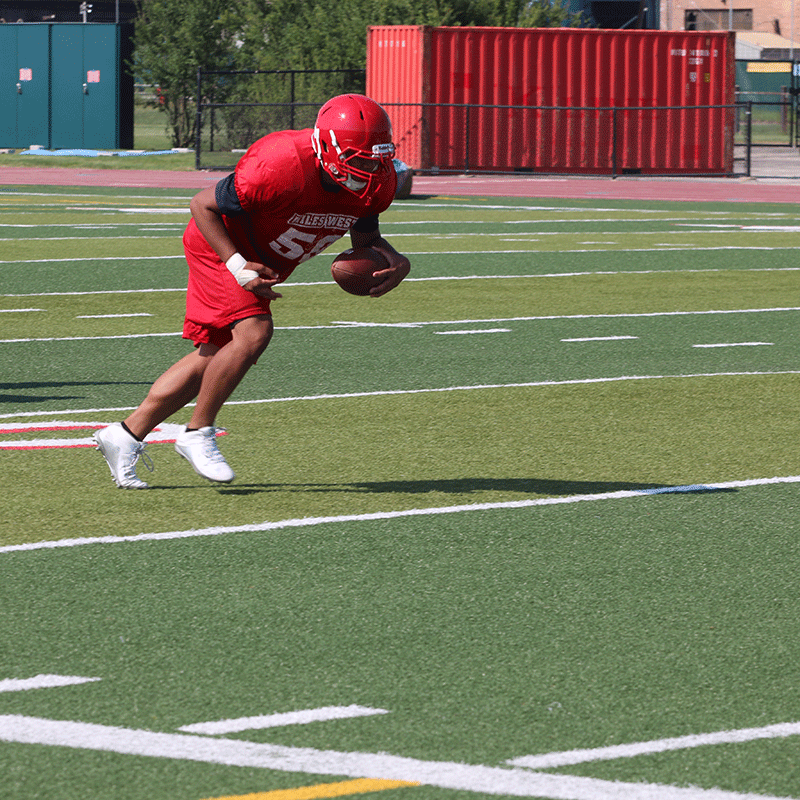

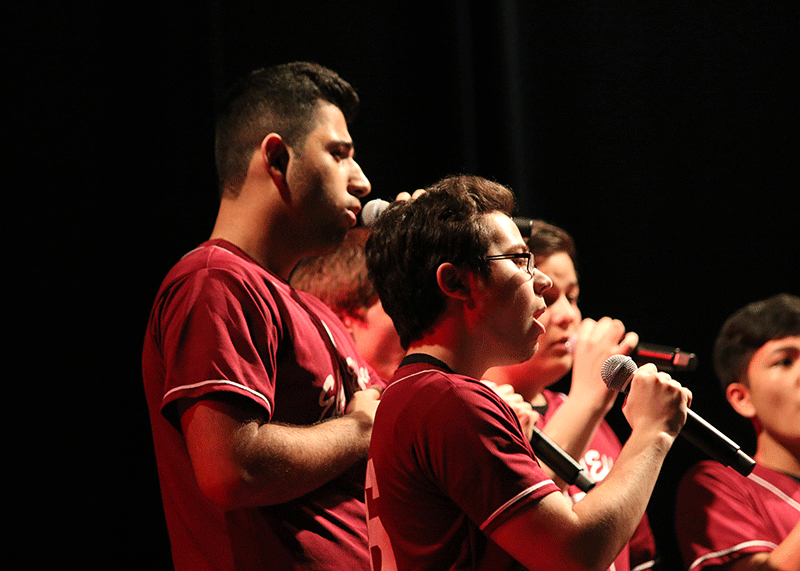





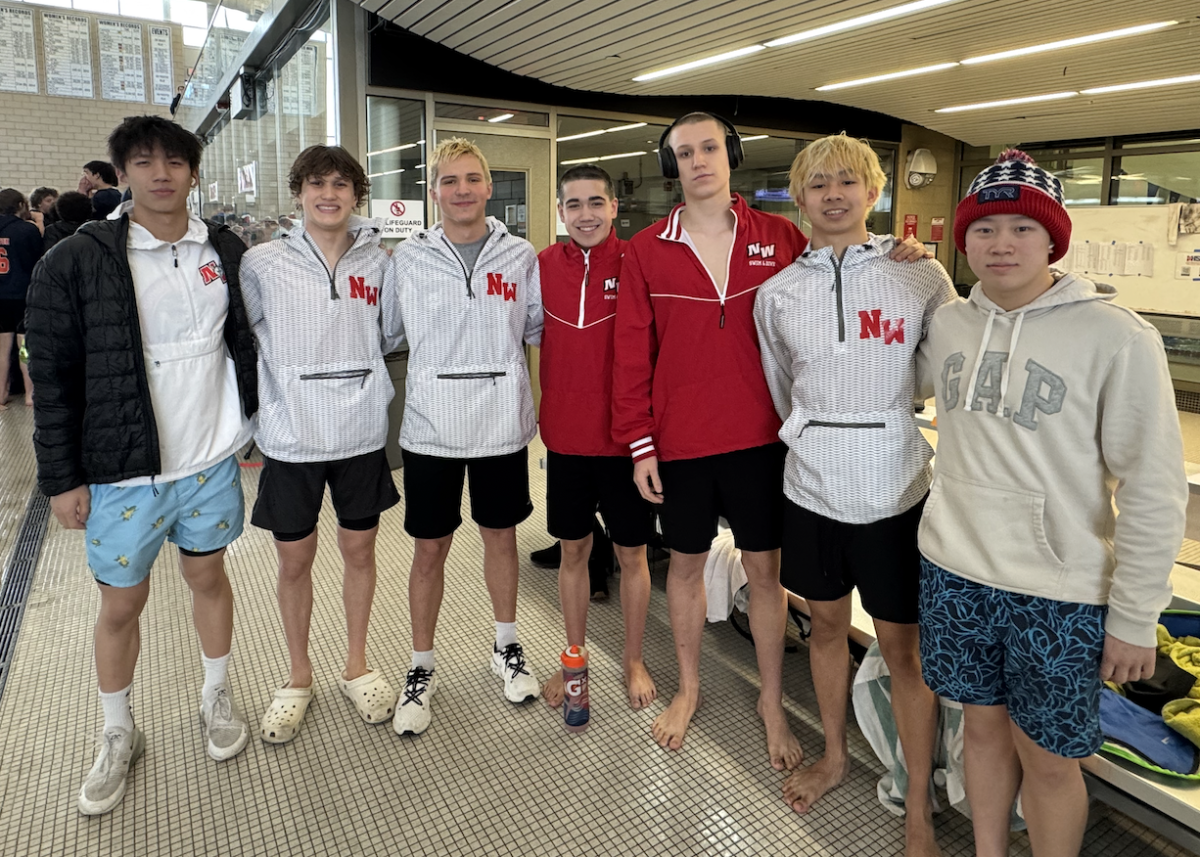
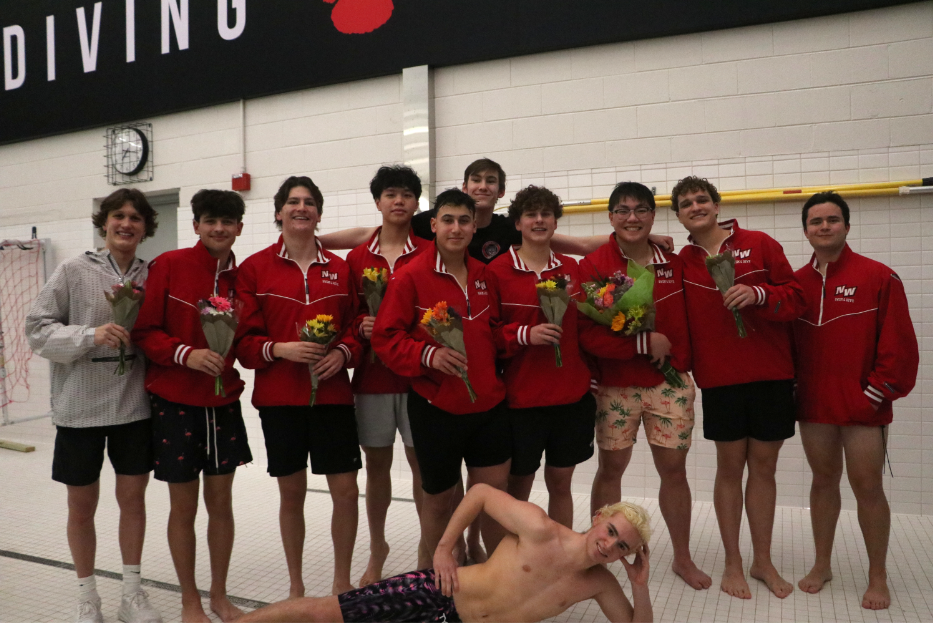
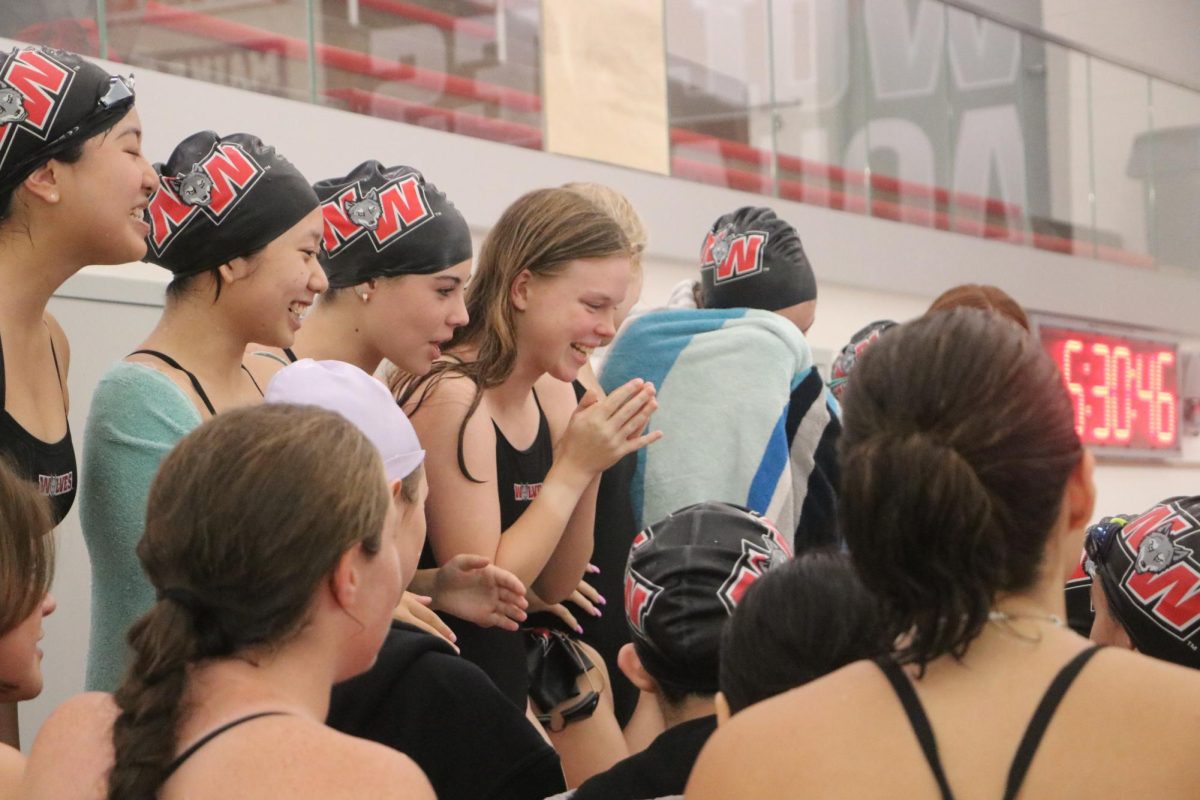


Jessica Donada • Oct 26, 2011 at 10:02 AM
LIARRRRRRRRRRRRRRRR..IM THE LOUDEST ONE ^_^ …fine…we can share the place :3
Rebecca Yun • Oct 27, 2011 at 9:35 AM
Pssh, sure, Jess. Suuuuuuuuure. -_____-
Obviously, I’m the loudest one! I’m the only swimmer who loses her voice for three days after a meet. Can’t really get a comeback from that, now can you? Uh huh, good try.
Te amo, hermanita! <3